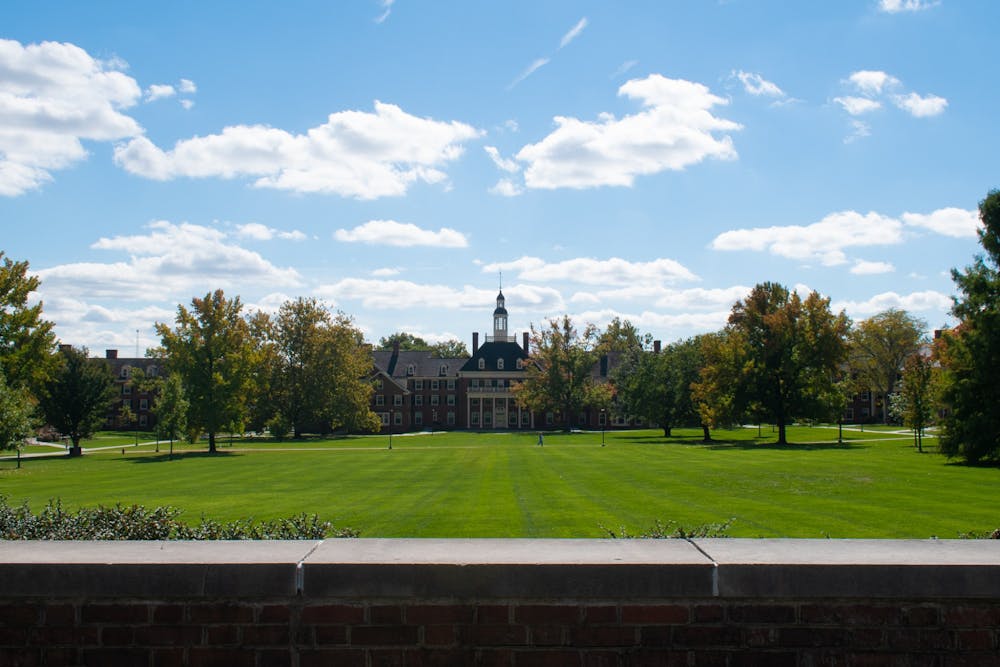The week of June 5 started strangely for residents of Ohio, as a strange haze descended on the state, becoming most evident as the sun began setting and turned to a fiery orange instead of the typical soft yellow. The cause of Ohio’s, and much of the northeastern United States, sudden shroud of smog was the wildfires raging just north in eastern Canada.
In the U.S., wildfires are often caused by humans and start on the West Coast, including the West Coast of Canada, meaning this was an odd occurrence for Oxford residents. Luckily for those who call Ohio home, the air quality was much better than in parts of Pennsylvania and New York.
The U.S. air quality index ranges on a scale from 0-300+, with greater numbers indicating worse air quality. Cities and surrounding areas often have worse air quality due to the congestion of vehicles, industry and people. In Cincinnati and northeast Ohio, the air quality was the worst, labeled as unhealthy for sensitive groups. While Oxford did not have pure air the past week, it was not at a significant level to impair normal activity.
Sam Karlock, a rising junior at Miami who is spending the summer in Oxford, was a bit hesitant about the smoky conditions but still chose to be outside playing disc golf during that time.
“I don’t have any concerns about the long-term impact of the smoke from the most recent episode,” said Karlock. “But I do fear the long-term effects if it happens more often.”
Despite the low risk for those living in Oxford, the close proximity of unhealthy air quality levels, and the hazardous conditions in New York City, serve as a stark reminder that this personal brush with air pollution has the potential to spread to areas of the country that seemed untouchable by smog.
While most wildfires are caused by people being careless when outdoors, the conditions that have allowed these disasters to become so common are inextricably linked to climate change. The Canadian wildfires are thought to be caused by a combination of low winter snowfall, dry spring conditions, and an intense heatwave that pushed temperatures in Nova Scotia up over 90° F.
Olivia Herron, Miami’s director of sustainability, was not surprised by the smoke. She believes that due to Ohio’s proximity to more forested areas of Canada and the eastern US, wildfires will become more common.
“Smoke can travel far,” said Herron. “Especially with strong and unpredictable wind patterns from the northeast.”
For students and staff of Miami and residents of Oxford, the air quality around campus was not of great concern, as it was clear less than a week from when the hazy skies began. When students return to campus in the fall and will be outside often, it is important to stay updated on air quality in the area.
That being said, there is only reason to fear going outside if the index states that the air quality is over 200. Exercising and spending time outdoors are crucial for maintaining good physical and mental health, which is why ensuring that our planet stops heating up is so important.
Although still scary, the smoky conditions that Midwesterners felt the past several days are only a glimpse of what climate change can do to the air we breathe. The hazardous conditions in New York won’t last, and things will soon get back to normal, but the message is clear that the climate is changing.
Enjoy what you're reading?
Signup for our newsletter
Even though eastern Canada may seem far away from Oxford, these fires and smoky conditions should remind us that climate change does not pay attention to political borders, and disasters in one area can easily impact people living thousands of miles away. There are many ways to help right here in Oxford. Driving less, volunteering to plant trees and reducing how much you waste all lower carbon footprint. It is through the collective efforts of many individuals that widespread change is made to help the environment.




